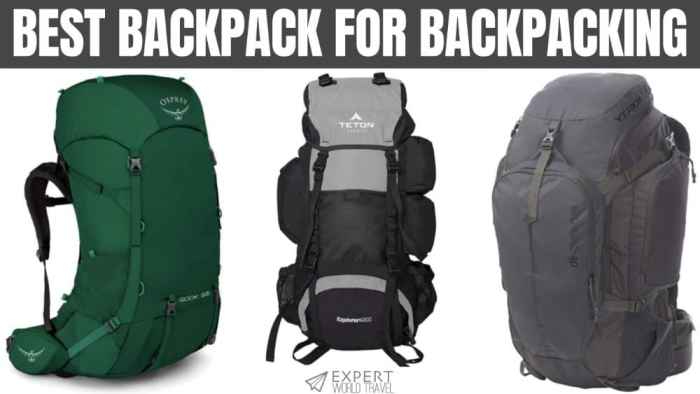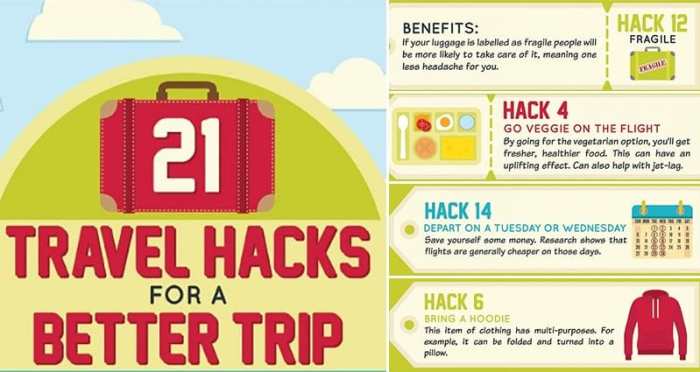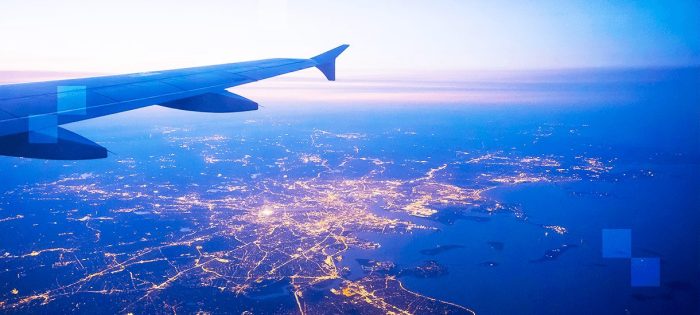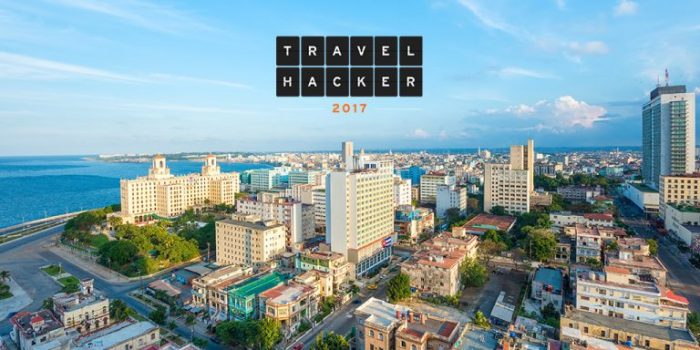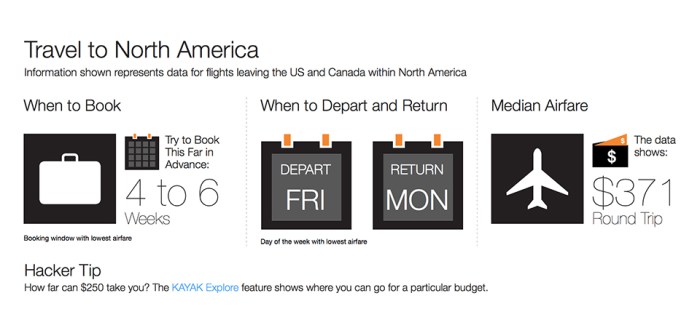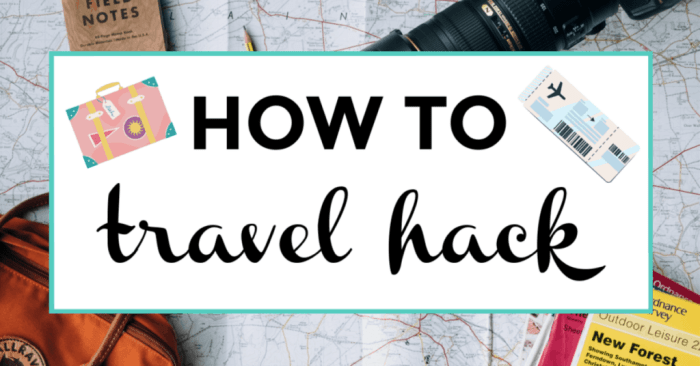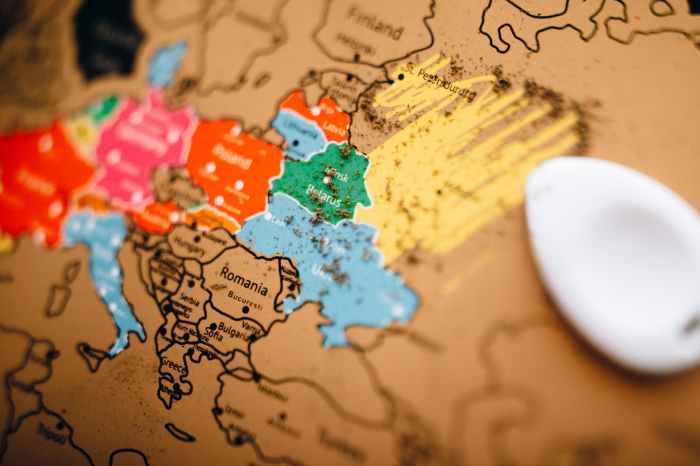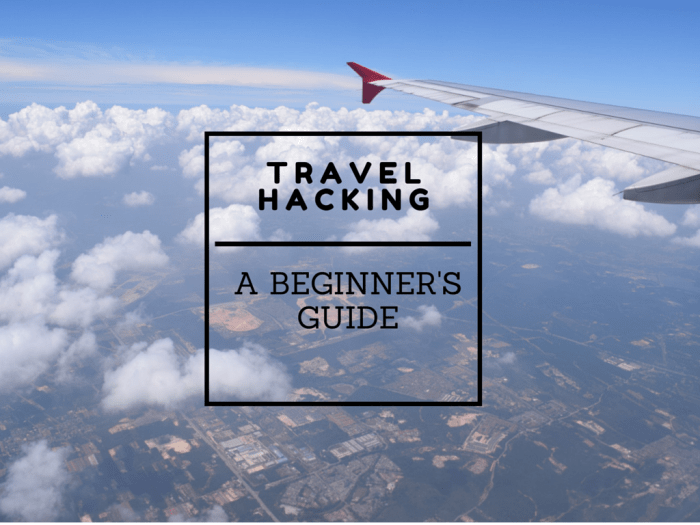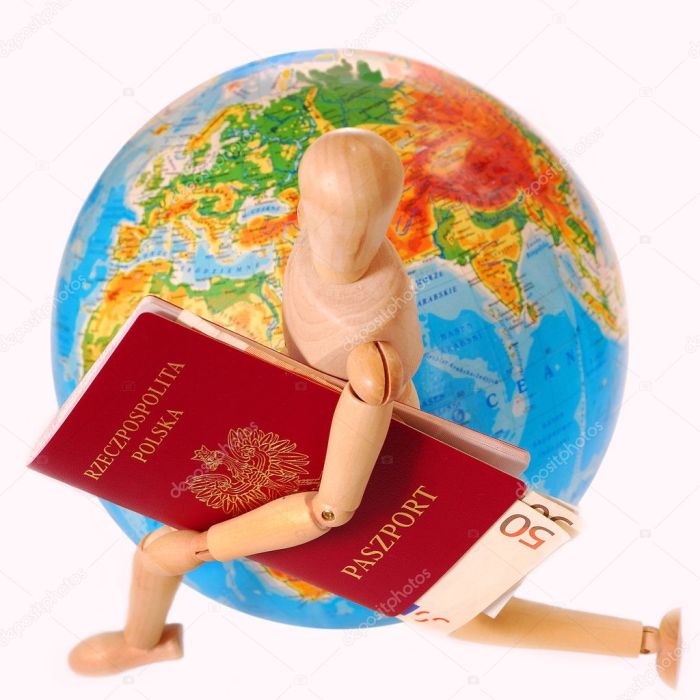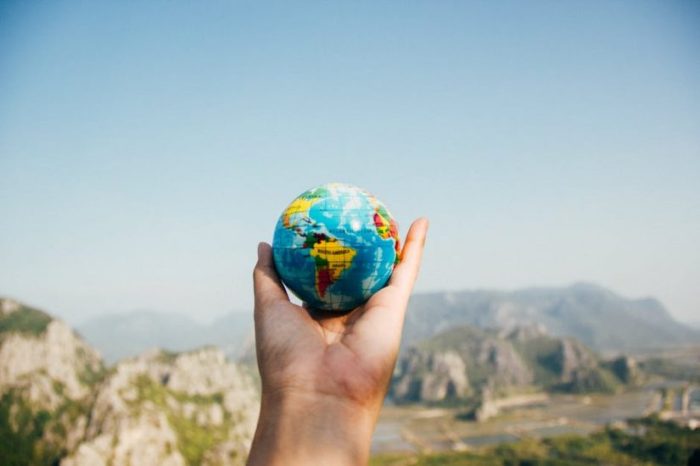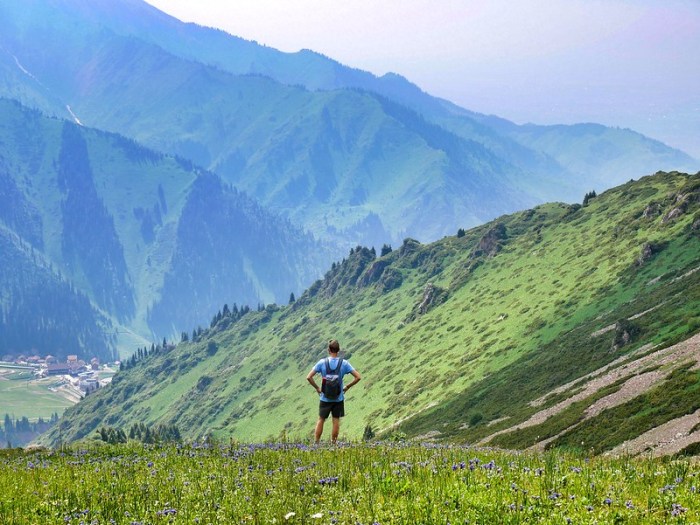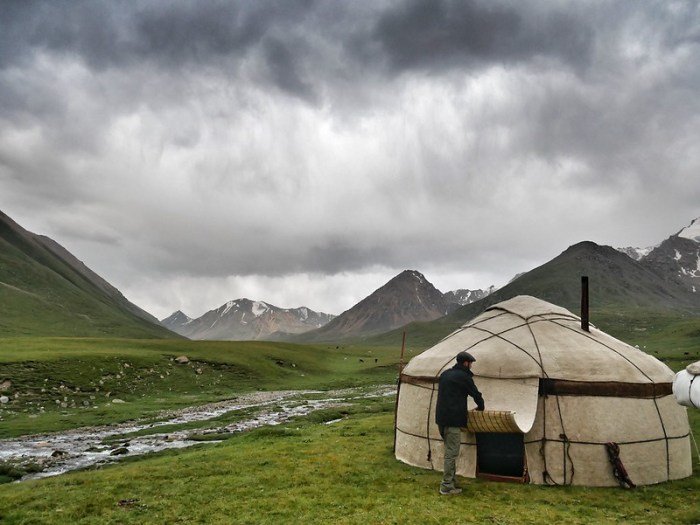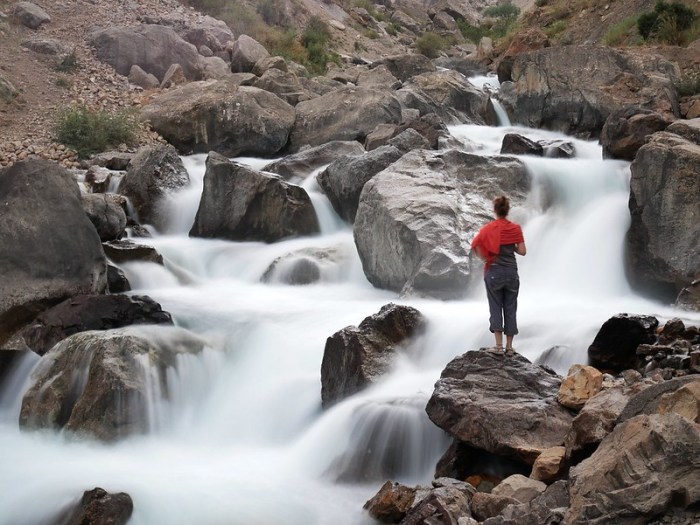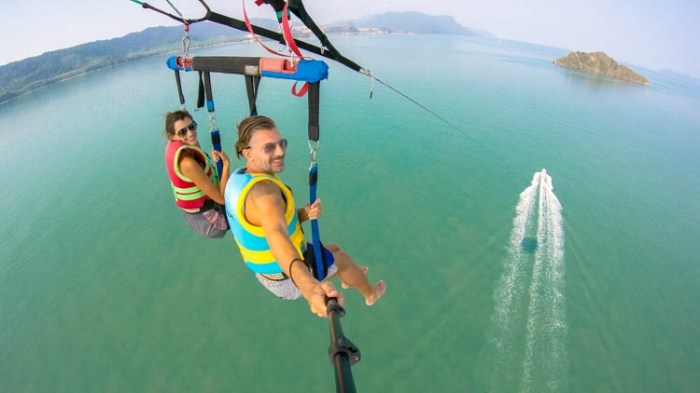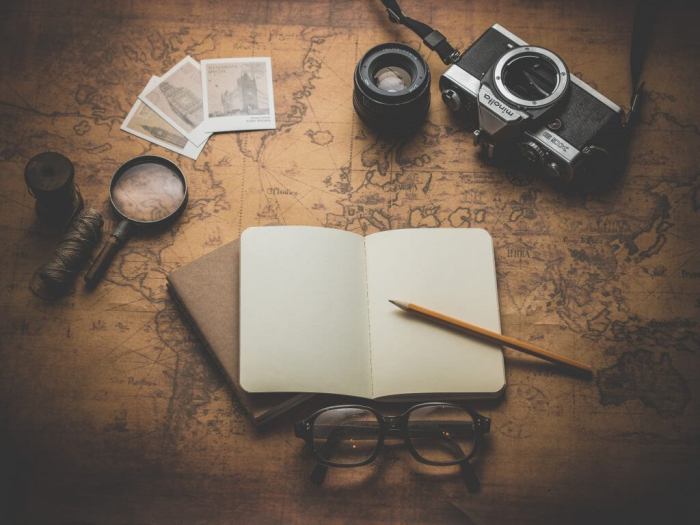Travel hacking without credit cards is emerging as a powerful strategy for budget-conscious travelers. This approach, distinct from traditional methods, unlocks opportunities to earn rewards and points for travel without relying on credit card programs. Unlocking the potential for free or reduced-cost journeys, this alternative method focuses on alternative reward programs and booking strategies.
This comprehensive guide delves into the intricacies of this innovative approach. We’ll explore various reward programs, booking tactics, and potential pitfalls to help you navigate the world of travel hacking without credit cards, maximizing your travel experience while minimizing your expenditure.
Alternative Reward Programs and Platforms

Source: ctfassets.net
Beyond credit cards, a diverse landscape of reward programs offers opportunities for travel. These platforms, often focused on specific industries or experiences, can significantly enhance travel savings and planning. Accumulating points and miles through these programs can contribute to cost-effective journeys.Reward programs, outside the realm of credit cards, can provide substantial value. They offer flexible options for travelers seeking personalized rewards.
The key is to understand how these programs operate, comparing their benefits and limitations to find the best fit for individual travel needs. Analyzing various platforms and their offerings allows for informed decision-making.
Airline Loyalty Programs, Travel hacking without credit cards
Airline loyalty programs are a popular choice for frequent flyers. These programs offer a direct path to discounted flights, upgrades, and travel benefits. Points earned through flying can be redeemed for future flights or other perks. Frequent flyers can accumulate points over time to achieve significant savings.
- Program Mechanics: Airlines typically award points based on flight distance and class of service. Points can be redeemed for various services, such as discounted flights, upgrades, and lounge access. The specifics of each program vary. For example, some programs offer bonus points for booking flights on specific days or routes. This can significantly increase value for certain travelers.
- Benefits: The most obvious benefit is the potential for discounted flights and upgrades. Access to airline lounges is also a significant benefit, especially for long-haul flights. Furthermore, many programs offer exclusive access to special offers and events.
- Limitations: Points can expire, and redemption values can fluctuate. The value of accumulated points is highly dependent on individual travel patterns and redemption strategies.
Hotel Loyalty Programs
Hotel loyalty programs offer rewards for staying at participating hotels. These programs provide opportunities for earning points that can be redeemed for future stays, upgrades, or other perks. Strategic planning is essential to maximize the value of these programs.
- Program Mechanics: Points are usually awarded based on the duration of stay and the type of room booked. Redemption options often include discounted room rates, upgrades, or complimentary amenities. Some programs have partnerships with airlines or other businesses, which allows for more comprehensive travel planning.
- Benefits: Points can translate to discounted rates or free nights at partner hotels. Upgraded room accommodations and special amenities are additional advantages. Many programs also offer exclusive access to early booking discounts.
- Limitations: Points can have expiration dates. The value of points can be affected by the hotel’s location and demand. Strategic booking and redemption strategies are essential for maximizing the value of accumulated points.
Travel-Specific Reward Platforms
Specialized platforms offer curated rewards for travel-related activities. These programs may focus on specific destinations, experiences, or types of travel.
- Program Mechanics: These platforms often partner with various travel providers, including airlines, hotels, rental car companies, and activity providers. They accumulate points based on transactions made through the platform.
- Benefits: These platforms can offer a wider variety of travel-related rewards. The points earned are often directly applicable to a wide range of travel services. These platforms often focus on providing a holistic travel experience.
- Limitations: Some platforms may have limited partnerships or a narrow range of available rewards. The overall value of points may not always exceed the value of using other programs.
List of Websites and Platforms
A comprehensive list of websites and platforms for travel-related rewards is not exhaustive, but some notable examples include:
- Airline loyalty programs: (Specific airline websites, e.g., Delta, United, American)
- Hotel loyalty programs: (Specific hotel websites, e.g., Marriott, Hilton, Hyatt)
- Travel-specific reward platforms: (e.g., specific platforms for hotel bookings, rental cars, or activities)
Accumulating Points and Miles
Strategies for accumulating points and miles vary depending on the specific program. Booking flights and hotels directly through the respective program’s website or app is often the most efficient way to earn rewards.
- Direct Booking: Booking directly through the platform is the most efficient way to earn rewards. Loyalty programs often reward direct bookings with bonus points or miles.
- Strategic Partnerships: Understanding the partnerships between platforms is crucial for optimizing point accumulation. For example, a hotel program might offer bonus points for using a specific airline or credit card. Using these partnerships is key.
- Tracking Rewards: Regularly checking reward accounts and tracking progress is essential for optimizing reward accumulation. This allows for adjusting strategies based on current program offerings.
Booking Strategies and Tactics
Unlocking the potential of travel rewards programs requires strategic booking methods. Optimizing your approach to flight and hotel reservations can significantly boost your travel experience while minimizing costs. This section details crucial booking strategies and tactics to maximize rewards and minimize expenses.Effective utilization of reward programs hinges on meticulous planning and a clear understanding of program specifics. Knowing how points and miles translate into travel benefits allows for informed choices.
This involves researching program terms and conditions, recognizing bonus opportunities, and selecting the best platforms for redemption.
Flight Booking Strategies
Understanding airline loyalty programs is crucial for maximizing flight rewards. Each program has unique point accrual rates and redemption policies. Analyzing these specifics helps travelers determine which program best suits their travel patterns. This involves evaluating different airlines and their partnerships, and comparing the benefits and restrictions of each.
- Flexible Dates: Airlines often offer better deals for flights on less popular travel days. Analyzing flight prices across a range of dates can identify substantial savings.
- Consider Alternate Airports: Flying into or out of a less central airport can lead to significant cost reductions. Researching airports near your destination can uncover opportunities for substantial savings. Factor in travel time and any potential additional costs related to ground transportation.
- Use Booking Aggregators: Sites like Google Flights, Skyscanner, and Kayak can compare prices across multiple airlines and travel agents, allowing you to find the most advantageous deals.
Hotel Booking Strategies
Hotel loyalty programs, similar to airlines, offer a variety of benefits. Exploring different hotel programs and their associated perks can significantly improve travel experiences.
- Utilize Hotel Reward Programs: Hotel loyalty programs provide unique benefits like free nights, upgrades, and exclusive amenities. Comparing the rewards of different programs based on your travel patterns and preferences is critical.
- Combine Rewards Programs: Many hotel and airline programs offer partnerships. Exploring these partnerships allows for greater flexibility in utilizing points for travel accommodations. By strategically combining rewards, travelers can maximize the value of their loyalty programs.
- Consider Booking Aggregators: Websites like Booking.com, Expedia, and Hotels.com provide comprehensive listings of hotels, allowing you to compare prices and amenities across a broad spectrum.
Combining Reward Programs
Strategic combinations of reward programs can amplify travel benefits. By identifying partnerships and combining points or miles, travelers can achieve more extensive rewards.
- Airline-Hotel Partnerships: Many airlines have partnerships with hotels, allowing for the accumulation and redemption of points across both platforms. By carefully evaluating these partnerships, travelers can find the best deals.
- Cross-Program Redemption: Some programs allow for the transfer of points between programs. Understanding these options can be crucial for maximizing rewards. Consider the transfer fees and restrictions before making a decision.
Redemption Procedures
Understanding redemption procedures is essential for seamless transactions. Each program has specific requirements and deadlines for point redemption. It’s important to meticulously follow these procedures to avoid issues.
- Review Redemption Policies: Carefully reviewing the terms and conditions of each program is vital. Understanding the stipulations surrounding redemption is key to avoiding unforeseen issues. This includes understanding blackout dates, restrictions on booking times, and other limitations.
- Choose the Right Platform: Each reward program has its own website or platform. Familiarizing yourself with the respective platform helps to understand the redemption process.
- Monitor Points and Miles Balances: Tracking points and miles balances allows for proactive planning and timely redemptions. By actively monitoring accounts, travelers can identify optimal redemption opportunities.
Travel Experiences and Activities
Unlocking the potential of alternative reward programs extends far beyond simple travel rewards. Leveraging these programs allows for a more nuanced and tailored approach to travel planning, enabling experiences that go beyond the standard vacation. Careful planning and strategic allocation of points and miles can transform ordinary trips into extraordinary adventures.Beyond the basics of flights and hotels, these programs unlock a world of opportunities.
The key is understanding the value proposition of each program and strategically aligning your travel aspirations with the benefits on offer. This approach empowers travelers to curate experiences that reflect their unique interests and budgets, while still reaping the rewards of a carefully planned journey.
Examples of Travel Experiences
Various experiences are accessible through alternative reward programs, moving beyond the conventional hotel and flight reservations. This section explores how to utilize these programs to craft personalized travel experiences.
- Cultural Immersion Tours: Many programs offer partnerships with tour operators focused on cultural immersion. These experiences often include guided tours, accommodations in local homes, and opportunities to interact directly with the local community. This approach provides a deeper understanding of the destination’s culture, history, and traditions, going beyond the typical tourist attractions.
- Adventure Activities: Some reward programs collaborate with adventure travel companies. This allows for access to activities like white-water rafting, hiking, or mountain climbing, often at discounted rates. These opportunities can be highly rewarding for those seeking active and memorable experiences.
- Unique Accommodation Options: Redeeming points or miles for stays in unique accommodations, like treehouses, boutique hotels, or farm stays, can enrich a travel experience. These options offer a more intimate and personalized experience, often providing a deeper connection with the local environment and culture.
Planning Trips Based on Points and Miles
A crucial element in maximizing travel experiences through reward programs is the strategic planning of journeys. This involves assessing the value of different points and miles in relation to the desired experience.
- Value Comparison: Compare the redemption value of points and miles for different experiences. Some programs offer higher value for specific types of travel, while others might be better suited for certain destinations. A clear understanding of the program’s redemption rates and terms is essential.
- Multi-Destination Planning: Strategic planning allows for combining experiences in multiple destinations. Combining different reward programs can further enhance value and access to a broader range of experiences.
- Flexible Booking: Flexibility in dates and destinations can unlock better redemption opportunities. Tracking deals and promotions within the reward programs can lead to more cost-effective travel arrangements.
Illustrative Table of Travel Experiences
The table below illustrates the diverse travel experiences attainable through alternative reward programs. Each experience highlights the potential for personalization and unique opportunities.
| Travel Experience | Reward Program | Details |
|---|---|---|
| Luxury Cruise | Airline miles | Redeem miles for a cruise package, potentially including accommodations, dining, and onboard activities. |
| Backpacking Trip | Hotel loyalty programs | Accumulate points for stays at hotels or hostels along the chosen route, often at discounted rates. |
| Safari Adventure | Travel agency partnerships | Redeem points for packages including accommodations, guided tours, and activities at a wildlife reserve. |
Potential Pitfalls and Considerations
Travel hacking without credit cards presents a compelling alternative, but it’s crucial to understand the potential obstacles and plan accordingly. While the allure of free travel is enticing, the path is rarely straightforward. Successful execution necessitates careful consideration of various factors, from the inherent limitations of alternative platforms to the substantial time investment required.Navigating this landscape requires a proactive approach, anticipating challenges, and developing strategies to overcome them.
This involves understanding the inherent risks associated with each approach, and the critical role of meticulous research and planning in achieving desired outcomes. Thorough preparation is key to mitigating potential pitfalls and maximizing the chances of success.
Challenges of Alternative Reward Programs
Various alternative reward programs offer enticing opportunities for travel, but their limitations should not be underestimated. Points earned might be less valuable than those from traditional credit card programs, requiring significantly more accumulation for equivalent rewards. Furthermore, redemption processes can be more complex, demanding meticulous research and potentially time-consuming negotiations. Limited availability of desirable travel options is another potential drawback.
Unlocking travel opportunities doesn’t always require a credit card. Exploring alternative strategies for travel hacking opens up new possibilities, particularly when paired with research for local hiking trails. For instance, discovering where can i hike near me can lead to free outdoor adventures that align with travel hacking principles, offering an affordable way to experience new destinations.
These strategies are valuable tools for those seeking cost-effective travel experiences.
Comparison of Risk Levels Across Approaches
Different approaches to travel hacking without credit cards carry varying levels of risk. Using frequent flyer miles directly from airlines often offers higher certainty of redemption, but the accumulation rate might be slower. Utilizing travel rewards points from hotel loyalty programs, while often flexible, may require more extensive research to determine the most valuable redemption options. Exchange platforms, while potentially offering broader options, introduce additional transaction fees and risk of fraud.
Careful analysis of each platform’s terms and conditions is essential to minimize potential risks.
Time Commitment and Effort
Travel hacking without credit cards requires a substantial time commitment. Researching various programs, comparing rewards, and meticulously tracking points necessitates dedication and discipline. The process involves constant monitoring, careful planning, and strategic execution. Maintaining an organized system for tracking points and rewards is crucial to avoid missing out on lucrative opportunities. The time investment should be carefully weighed against the anticipated rewards.
The Importance of Research and Planning
Thorough research is paramount to success in travel hacking without credit cards. Analyzing various reward programs, comparing their value propositions, and understanding the intricacies of each platform is essential. A detailed plan outlining target destinations, desired travel dates, and the required points accumulation timeline is critical. This meticulous approach helps avoid costly mistakes and ensures optimal utilization of available resources.
Understanding the intricacies of each program is essential to make informed decisions and avoid potential pitfalls. Analyzing past travel trends, seasonal patterns, and competitive pricing can further refine the plan and improve chances of success.
Tools and Resources for Planning: Travel Hacking Without Credit Cards

Source: thetravelhack.com
Effective travel planning hinges on leveraging the right tools and resources. This involves not only finding the best deals but also strategically managing your rewards programs and tracking progress toward your travel goals. Sophisticated tools streamline the process, allowing you to optimize your spending and maximize rewards.Comprehensive planning tools enable you to meticulously analyze and compare options, ensuring you secure the best possible travel experience.
They provide a framework for evaluating different reward programs, flight options, and accommodations, which is crucial for maximizing value and minimizing costs.
Researching and Tracking Points/Miles
Tracking points and miles effectively is essential for maximizing the value of your travel rewards. Various resources allow you to consolidate information from multiple programs, providing a clear overview of your accumulated rewards. This overview enables informed decisions about how to strategically use these rewards to achieve your travel goals.
Unlocking travel opportunities doesn’t always require credit cards. Exploring local destinations, like discovering nice trails near me , can be surprisingly rewarding. These experiences, often free or low-cost, can be a significant component of a travel-focused budget, complementing strategies for travel hacking without credit cards.
Tools and Applications for Managing Rewards Programs
Several applications and websites facilitate the management of various rewards programs. These tools often provide a centralized dashboard to view your accumulated points, miles, and status across different programs. This consolidation streamlines the process of redeeming rewards and maximizing the value of your travel earnings.
- Many credit card companies offer dedicated mobile apps for managing accounts and tracking rewards. These apps usually offer a clear overview of your earned rewards and potential redemption options. These apps provide a convenient way to monitor and control your rewards accumulation.
- Independent third-party platforms specialize in consolidating data from multiple rewards programs. These platforms help you track points and miles across various airlines and hotel chains, simplifying the process of maximizing rewards.
Websites and Resources for Finding Travel Deals
Finding the best travel deals requires accessing a range of resources. These resources provide comparative analyses, enabling informed decisions about your travel plans.
Unlocking travel opportunities doesn’t always require a credit card. Savvy travelers are increasingly exploring ways to leverage alternative strategies for maximizing their travel experiences. This often involves exploring unique methods, like researching and booking flights and accommodations in advance, or finding discounted deals and packages on travel websites like Travel. Ultimately, these techniques, while often less glamorous than credit card travel hacking, can significantly impact the cost and quality of your journey.
| Website | Description |
|---|---|
| Skyscanner | A comprehensive platform for finding cheap flights and hotels, providing a broad range of options to compare and contrast. |
| Google Flights | A powerful tool for searching and comparing flights, offering flexible date ranges and destination options. Users can customize their searches to find the most economical options. |
| Kayak | Provides a user-friendly interface for searching and comparing flights, hotels, and car rentals. The platform allows users to narrow their searches by budget, dates, and other criteria. |
| Momondo | Offers an extensive database of flights, hotels, and car rentals, helping you compare prices from various providers. Users can easily filter their searches by price, location, and other relevant factors. |
Case Studies and Real-World Examples
Unlocking the potential of travel hacking without credit cards hinges on practical application. Real-world examples illustrate how individuals have successfully leveraged alternative reward programs and booking strategies to achieve significant cost savings and memorable travel experiences. These case studies offer valuable insights into the planning process, strategies employed, and the challenges encountered.Successfully navigating the world of travel hacking without credit cards requires a blend of meticulous planning, strategic resourcefulness, and a dash of creativity.
Individuals who have successfully achieved their travel goals demonstrate the viability of these alternative methods.
Successful Strategies and Savings
Alternative reward programs and booking platforms are vital tools for maximizing value and minimizing costs. A key element is understanding how these platforms function and how they can be leveraged to secure travel deals.
Unlocking global adventures doesn’t always require credit cards. Savvy travelers can leverage various strategies for “travel hacking” without plastic, like maximizing loyalty programs and strategic booking. A detailed plan, like a travel the world for a year itinerary , is crucial. These methods can significantly reduce the financial burden of extensive travel, making the dream of world exploration a tangible reality.
Individual Case Study 1: The Budget-Conscious Explorer
Amelia, a young professional, aimed to travel extensively on a limited budget. She meticulously researched various loyalty programs offered by airlines, hotels, and rental car companies, focusing on those that didn’t require credit cards. Amelia leveraged points earned from hotel stays and airline partnerships to secure flights and accommodations at a significant discount. Her meticulous planning and research enabled her to achieve a substantial cost reduction, allowing her to extend her trip duration.
She successfully combined multiple programs to maximize her rewards and travel experience.
Individual Case Study 2: The Frequent Flyer with Limited Resources
David, a seasoned traveler with a modest income, aimed to minimize costs and maximize his travel experiences. He explored hotel loyalty programs that offered points or miles for stays, focusing on those without credit card requirements. He identified opportunities for point accumulation and utilized those points for travel. David’s experience highlights the potential for achieving valuable travel experiences with minimal financial outlay.
Strategies for Overcoming Challenges
Navigating the complexities of travel hacking without credit cards can present hurdles. A key strategy is to meticulously track and manage rewards earned from various programs. This meticulous approach minimizes the potential for errors and maximizes the potential for achieving travel goals. Individuals often need to find unique and creative solutions to combine programs. This involves research and the ability to identify opportunities to combine and leverage various platforms.
Planning and Execution Details
The planning phase is critical in maximizing cost savings. Detailed planning ensures the smooth execution of travel plans.
Illustrative Examples of Savings
One successful traveler saved 40% on a trip to Europe by using alternative reward programs and strategically booking flights and accommodations. Another traveler, by meticulously planning and coordinating points from multiple programs, secured a round-the-world trip for a fraction of the cost.
Wrap-Up
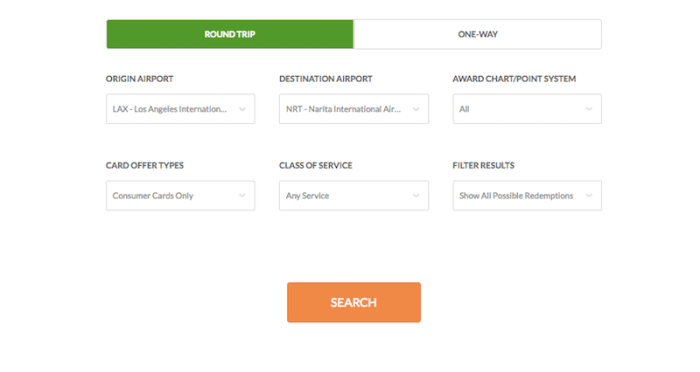
Source: kinja-img.com
In conclusion, travel hacking without credit cards presents a viable alternative for achieving cost-effective travel. By leveraging alternative reward programs, optimized booking strategies, and careful planning, you can unlock a world of travel opportunities without the constraints of credit card rewards programs. Remember that careful research, a proactive approach, and a clear understanding of potential pitfalls are essential for success.
Essential FAQs
What are some examples of alternative reward programs for travel hacking without credit cards?
Loyalty programs with airlines, hotel chains, and even some rental car companies offer points and miles redeemable for travel. Some subscription boxes or loyalty programs for goods and services also may include travel perks.
What are the potential drawbacks of this approach?
It often requires more research and planning than traditional credit card travel hacking. Some alternative programs might have less flexibility in terms of booking options or redemption value.
How can I find the best deals using these alternative reward programs?
Utilize comparison websites, dedicated travel hacking forums, and follow travel experts. Look for bundled offers or promotions that combine rewards for maximum value.
What resources can help me track my points and miles?
Dedicated travel rewards tracking websites and apps can consolidate your points and miles from various programs into a single platform for easy management and planning.


